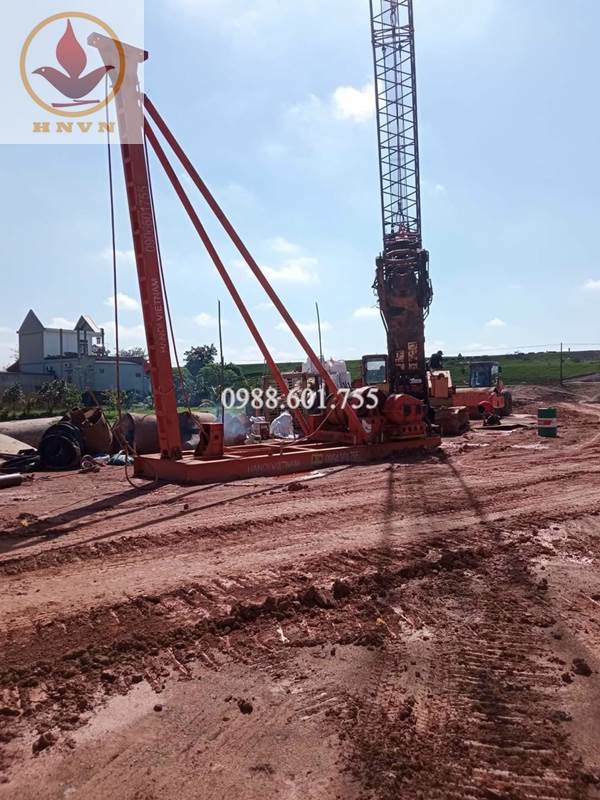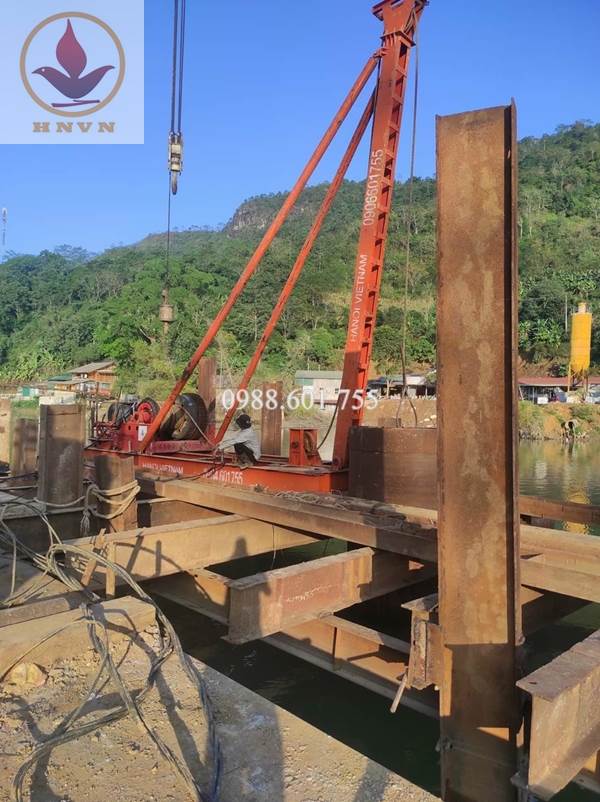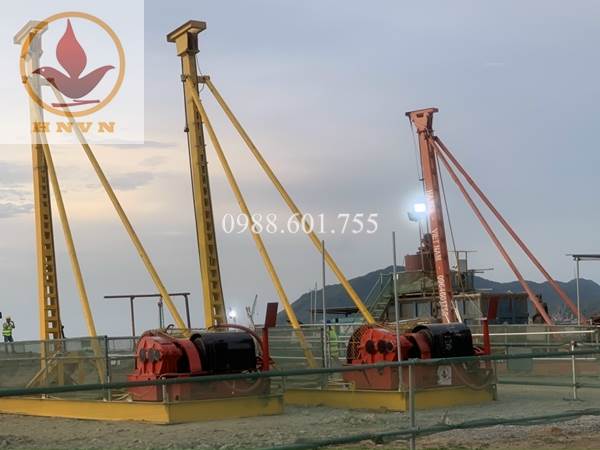News
Cable drilling machine and applications
I. Introduction
Percussion drill rigs are powerful machines that are essential for a wide range of drilling applications. These machines use percussion drilling, a method that involves a pneumatic or hydraulic hammer to create a borehole in the ground. Percussion drill rigs are commonly used in the mining industry, construction industry, and geothermal energy sector. These machines are capable of drilling through a wide range of materials, including rock, soil, and sediment.

In this article, we will explore the features and benefits of percussion drill rigs in detail. We will also discuss the various applications of these machines and provide guidance on how to choose the right percussion drill rig for your drilling needs.
II. Features of Percussion Drill Rigs
Percussion drill rigs come in a variety of sizes and configurations, each designed for a specific drilling application. However, there are several common features that are shared by most percussion drill rigs.
1. Drill Pipe
The drill pipe is a critical component of any percussion drill rig. This pipe is used to transfer drilling fluid to the bottom of the borehole and remove the cuttings from the hole. The drill pipe is made of high-strength steel and is typically threaded on both ends to connect to other drill pipes.
2. Mast
The mast is the vertical structure that supports the drill pipe and drilling assembly. The mast is made of high-strength steel and can be adjusted to various angles to enable drilling at different angles.
3. Hydraulic System
Percussion drill rigs are powered by a hydraulic system that provides the energy needed to drive the drill bit. The hydraulic system also controls the rotation of the drill pipe and other drilling components.
4. Control Panel
The control panel is the nerve center of the percussion drill rig. This panel is used to control the hydraulic system, adjust the drilling angle, and monitor the drilling process.
5. Drill Bit
The drill bit is the cutting tool that is used to create the borehole. The drill bit is typically made of high-strength steel and is designed to withstand the rigors of drilling through rock and other hard materials.
III. Benefits of Percussion Drill Rigs
Percussion drill rigs offer numerous benefits to the drilling industry. Some of the key benefits of these machines include:
1. Versatility
Percussion drill rigs are incredibly versatile and can be used in a wide range of drilling applications. These machines are capable of drilling through a variety of materials, including rock, soil, and sediment. They can also be used in different drilling orientations, including vertical, horizontal, and angled.

2. Efficiency
Percussion drill rigs are incredibly efficient and can complete drilling tasks quickly and accurately. These machines are designed to operate continuously, and with the right operator and maintenance, they can be used for long periods without the need for downtime.
3. Precision
Percussion drill rigs are designed to provide precise drilling results, which is essential in applications where accuracy is critical. These machines can drill to specific depths and angles with a high degree of precision, making them ideal for geothermal energy drilling, mining, and other industries.
4. Safety
Percussion drill rigs are designed with safety in mind. These machines are equipped with advanced safety features such as emergency stop buttons, overload protection, and automatic shut-off mechanisms. These safety features ensure that operators are protected while the machine is in use.
IV. Applications of Percussion Drill Rigs
Percussion drill rigs are used in a wide range of industries and applications. Some of the most common applications of these machines include:
1. Mining
Percussion drill rigs are widely used in the mining industry to extract minerals and ore from the ground. These machines can drill through rock, soil, and other materials to reach the mineral deposits beneath the surface.
2. Geothermal Energy
Percussion drill rigs are also commonly used in the geothermal energy industry to create boreholes for the installation of geothermal energy systems. These systems harness the heat from the earth to generate electricity and heat buildings, and percussion drill rigs are critical in creating the necessary boreholes for these systems.
3. Construction
Percussion drill rigs are used in construction to create foundations for buildings, bridges, and other structures. These machines can drill through rock, soil, and other materials to create stable foundations for structures of all types.
4. Water Well Drilling
Percussion drill rigs are used in water well drilling to create boreholes for the installation of water wells. These machines can drill through rock, soil, and other materials to reach the aquifers beneath the surface, providing access to clean, fresh water.
5. Exploration Drilling
Percussion drill rigs are used in exploration drilling to determine the composition of the earth’s subsurface. These machines can drill through rock and soil to collect samples for analysis, providing critical information for geologists and other scientists.
V. How to Choose the Right Percussion Drill Rig
Choosing the right percussion drill rig for your drilling needs can be challenging. There are numerous factors to consider, including the type of material you will be drilling, the depth and angle of the borehole, and the available space for the machine.

Here are some key factors to consider when choosing a percussion drill rig:
1. Drilling Depth
The drilling depth required for your application is a critical factor to consider when choosing a percussion drill rig. Some machines are designed for shallow drilling, while others can drill to much greater depths.
2. Drilling Angle
The drilling angle required for your application is another critical factor to consider. Some machines are designed for vertical drilling, while others can drill at angles up to 45 degrees.
3. Type of Material
The type of material you will be drilling is a critical factor to consider when choosing a percussion drill rig. Some machines are designed for drilling through hard rock, while others are better suited for softer materials such as soil and sediment.
4. Available Space
The available space for the machine is another critical factor to consider. Some percussion drill rigs are large and require a significant amount of space to operate, while others are more compact and can be used in smaller areas.
VI. Conclusion
Percussion drill rigs are essential machines for a wide range of drilling applications. These machines are versatile, efficient, precise, and safe, making them ideal for use in mining, geothermal energy, construction, water well drilling, and exploration drilling. When choosing a percussion drill rig, it’s important to consider factors such as drilling depth, drilling angle, type of material, and available space to ensure that you choose the right machine for your drilling needs. With the right percussion drill rig, you can complete your drilling tasks quickly, efficiently, and accurately, saving time and money while achieving excellent drilling results.
*Liên hệ nhận thông tin và báo giá: https://mayxaydunghanoi.click/


